How to Do Division Using Partial Quotients
The method of Partial Quotients is a way to find the answer to a division problem by repeatedly subtracting the same number from the dividend.

A Step-by-step Guide to Doing Division Using Partial Quotients
Certainly, here’s a step-by-step guide to using the Partial Quotients method in the division for grade 4. Let’s use an example: 657 divided by 3.
Step 1: Write the problem out
Start by writing the problem like you would in long division. The number being divided (657) is inside the division bracket, and the number you are dividing by (3) is outside.
3 | 657
The Absolute Best Book for 4th Grade Students
Step 2: Make an initial estimate
Estimate a multiple of 3 that can go into 657. It’s okay if it’s not exact. Since we are working with a 4th grader, let’s start with an easy multiple – 100 (because \(100\times = 300\), and 300 is less than 657).
Step 3: Subtract and write the partial quotient
Multiply your estimate by the divisor (3), subtract that from 657, and write the result below. Also, write the estimate above the division bracket. This estimate is your partial quotient.
100
_______
3 | 657
- 300
-----
357
Step 4: Repeat the process
Now, repeat the process with the new number (357). Let’s estimate 100 again. Subtract \(300 (100\times3) from 357.
100 100
_______
3 | 657
- 300
-----
357
- 300
-----
57
A Perfect Book for Grade 4 Math Word Problems!
Step 5: Continue until the remainder is less than the divisor
Now, we have 57 left. We can’t subtract 300 anymore, so let’s choose a smaller estimate. Let’s choose 10 (because \(10\times3 = 30\), and 30 is less than 57). Subtract 30 from 57.
100 100 10
_______
3 | 657
- 300
-----
357
- 300
-----
57
- 30
-----
27
We can estimate 10 again and subtract 30 from 27.
100 100 10 10
_______
3 | 657
- 300
-----
357
- 300
-----
57
- 30
-----
27
- 30
-----
-3
Oops! We’ve gone too far. We can’t subtract 30 from 27. So, let’s remove the last estimate of 10. That leaves us with 27.
100 100 10
_______
3 | 657
- 300
-----
357
- 300
-----
57
- 30
-----
27
We can still subtract a multiple of 3 from 27. Let’s choose 9 (because \(9\times3 = 27\), and 27 is less than 27). Subtract 27 from 27.
100 100 10 9
_______
3 | 657
- 300
-----
357
- 300
-----
57
- 30
-----
27
- 27
-----
0
Step 6: Add the partial quotients
Now add up all the partial quotients (100, 100, 10, 9) and write that number
The Best Math Books for Elementary Students
Related to This Article
More math articles
- What Kind of Math Is on the HiSET Test?
- 7th Grade Mathematics Worksheets: FREE & Printable
- 10 Most Common 6th Grade SBAC Math Questions
- How to Expand Sigma Notation?
- How to Instill in Your Child a Love of Math at School: Tips for Parents
- How to Solve Pythagorean Theorem Word Problems
- The Ultimate 7th Grade PEAKS Math Course (+FREE Worksheets)
- Ratio, Proportion and Percentages Puzzle – Challenge 30
- How to Round Amounts of Money
- 3rd Grade MAAP Math Worksheets: FREE & Printable
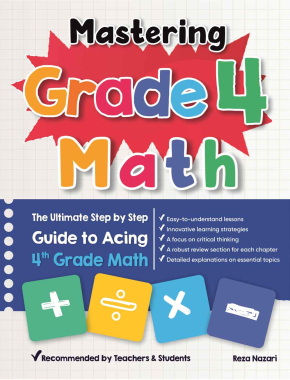
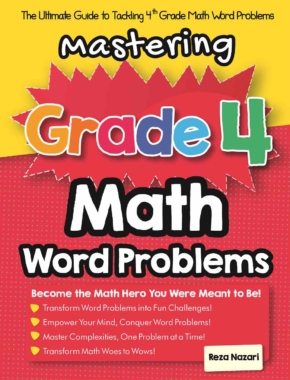
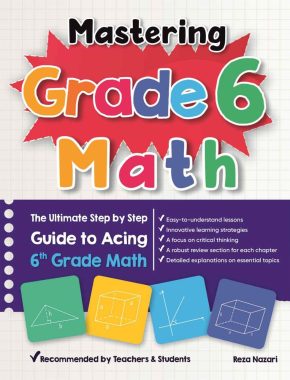
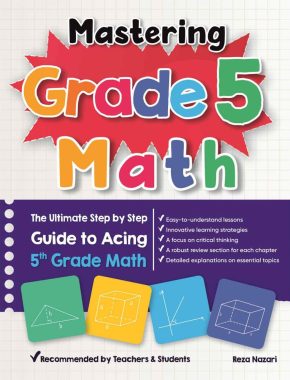
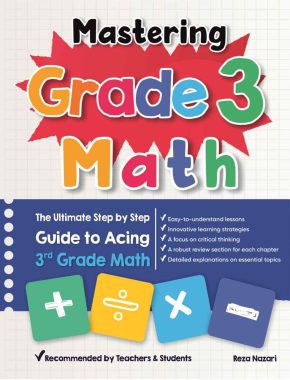
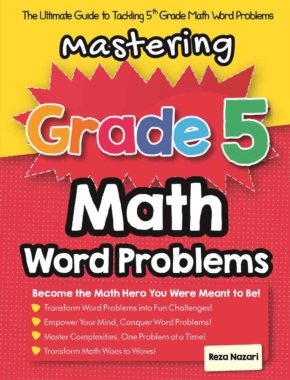
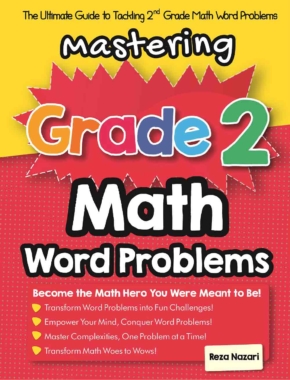
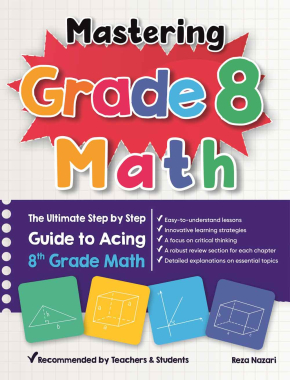










What people say about "How to Do Division Using Partial Quotients - Effortless Math: We Help Students Learn to LOVE Mathematics"?
No one replied yet.